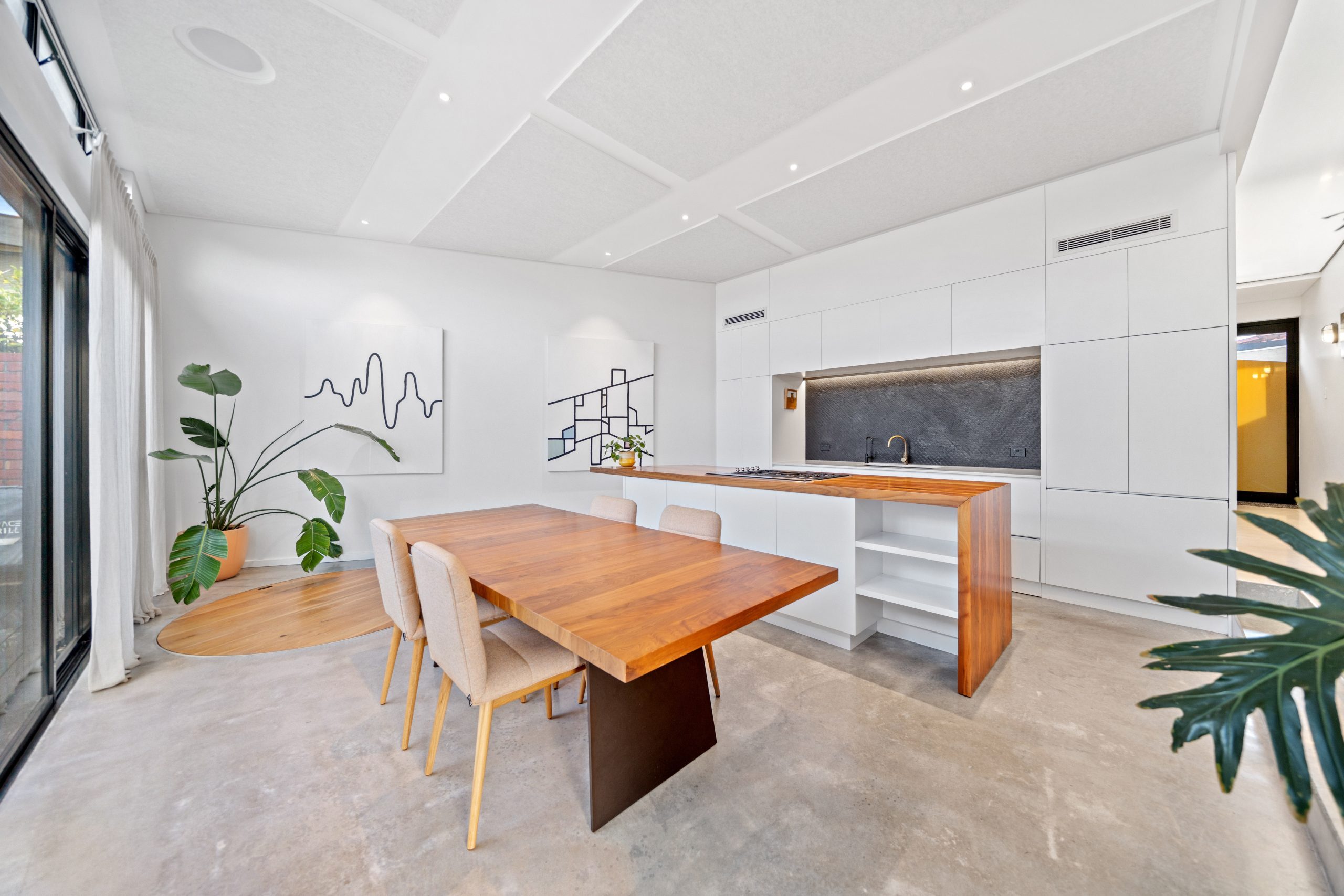
I received a call this month from an owner of a property looking for my advice, concerned that their rental property which has been on the market for about 6 weeks with another agent had not gained much interest. The owners were understandably frustrated with their current agent but also perplexed. With demand for rental properties in Perth so high, why were they struggling to lease this property? Unless you’ve been hiding under a rock, you’re well aware that the rental crisis has been a major talking point for most of this year.
Despite all the media attention, a misconception seems to be taking root – the idea that owning a rental property automatically translates to listing it at a premium price, putting it on the market, and witnessing a flurry of applications.
Now, don’t get me wrong. We are indeed in a rental crisis. However, simply owning a rental property doesn’t guarantee an easy win when it comes to finding new tenants. Each change in the market brings new challenges and trends, and a hot rental market is no different. So, let’s take a look under the hood at what’s really happening and why some property owners might be finding it a little more difficult to find tenants for their rental properties.
What tenants want:
With the median rental price throughout Perth now sitting at about $550.00-$600.00 per week, properties at this price point or below are generating the most interest by far. We know that any property we list around this price will be inundated with inquiries and applications. On the other hand, properties priced above this threshold are experiencing a slower leasing process. This highlights a significant factor: demand might have driven rental prices up, but affordability remains a critical determinant. Even in a heated market, if a property’s price surpasses what prospective tenants can afford, it becomes a roadblock to leasing.
Another trend among tenants at the moment is that they are now looking for the most value for their money. If a tenant must pay a higher price for a rental property, they will expect that the property is the best they can find within their budget. This trend is causing tenants to explore different areas and property types that cater to their specific needs. Properties that offer good value for the rent asked are more likely to attract attention.
Here in North Perth, we have many lovely old character homes. While these homes are rich in charm, they can sometimes lack some of the more modern conveniences of their newer counterparts. If tenants are paying a premium for a rental property, they understandably want it to fulfill all their requirements, including amenities like air conditioning, a dishwasher, an extra bathroom, etc. While in the past, people might have overlooked minor deficiencies in a property, we are definitely seeing an increased demand for modern and newer homes.
Many hands make light work:
The rise in property prices has led to a resurgence in share housing. People are now teaming up to afford rental properties. This isn’t limited to just students and young individuals; we’re also seeing adult children returning to the family unit for a better shot at securing accommodation. When I meet new clients, they often tell me about the type of tenants they’re looking for, and I can tell you that it’s usually not sharers. However, share house is not a dirty word. If a property is well managed, then sharers shouldn’t be an issue. If you own a large property at a high price point, you may need to accept that it might not be affordable for the average family or working couple. Therefore, it’s important to be open-minded when considering applications.
The desperation factor:
This week, I appraised a property for a client who then told me he wanted to advertise his property for $150 more than my appraisal. His reasoning was, ‘There are hardly any properties currently for rent in my suburb, so surely someone will take it.’ Relying on people’s desperation is not a sound leasing strategy. You wouldn’t buy a loaf of bread for $20 if there was still bread available for $4. Even if your cupboard was bare and you had no other choice, you might still buy it, but you’d certainly resent it. I’m seeing rental properties listed at some outrageous prices, but they just sit there for weeks until the price is eventually adjusted. Owners who adopt this strategy end up losing more in lost rent than if they had priced their property correctly and found tenants at the beginning of the leasing campaign.
Presentation still matters:
Lately, I’ve had owners make comments that, due to the current market demand, they wonder whether it’s worth investing in things like photos, ‘For Lease’ signs, or a general tidy-up. Regardless of market conditions, presentation still matters, perhaps even more so now than ever. If you’re asking $900 per week for a property, using photos taken on a phone ten years ago won’t cut it. There’s a reason why apps like Instagram are the most popular on the planet – we humans are visual creatures. Well-presented photos evoke emotional responses, making potential tenants more likely to envision themselves living in the space. By showcasing your rental property in the best possible light, you create an emotional connection that can influence potential tenants’ decisions in your favour.
Committing to a lease for a $900 per week property is a substantial financial decision. A well-presented rental property sets a high standard right from the start. When potential tenants see that an owner or agency has taken the time to present the property attractively, they’re more likely to believe that the property will be well-maintained and managed. This most importantly, can attract responsible and respectful tenants who are more likely to take care of the property during their tenancy.
In the case of the above owners (or any owners for that matter), if your property has been on the market for six weeks and your agent has not communicated to you why the property has not leased yet then they are probably not the best agent to be working for you.
When these owners came on board with us, I introduced these owners to an enhanced marketing strategy, provided them with insights into achievable pricing, and ensured consistent communication, resulting in the successful leasing of their property after only a week.
In conclusion, the current heat in the rental market doesn’t guarantee immediate leasing success. Property owners need to consider tenant preferences, adapt to changing needs, avoid desperate pricing strategies, and invest in presentation to secure the best tenants in the shortest time possible. While market trends can shift, the core principles of property presentation, pricing, and appeal remain crucial for achieving successful leasing outcomes.
Written by Ben Broadley




